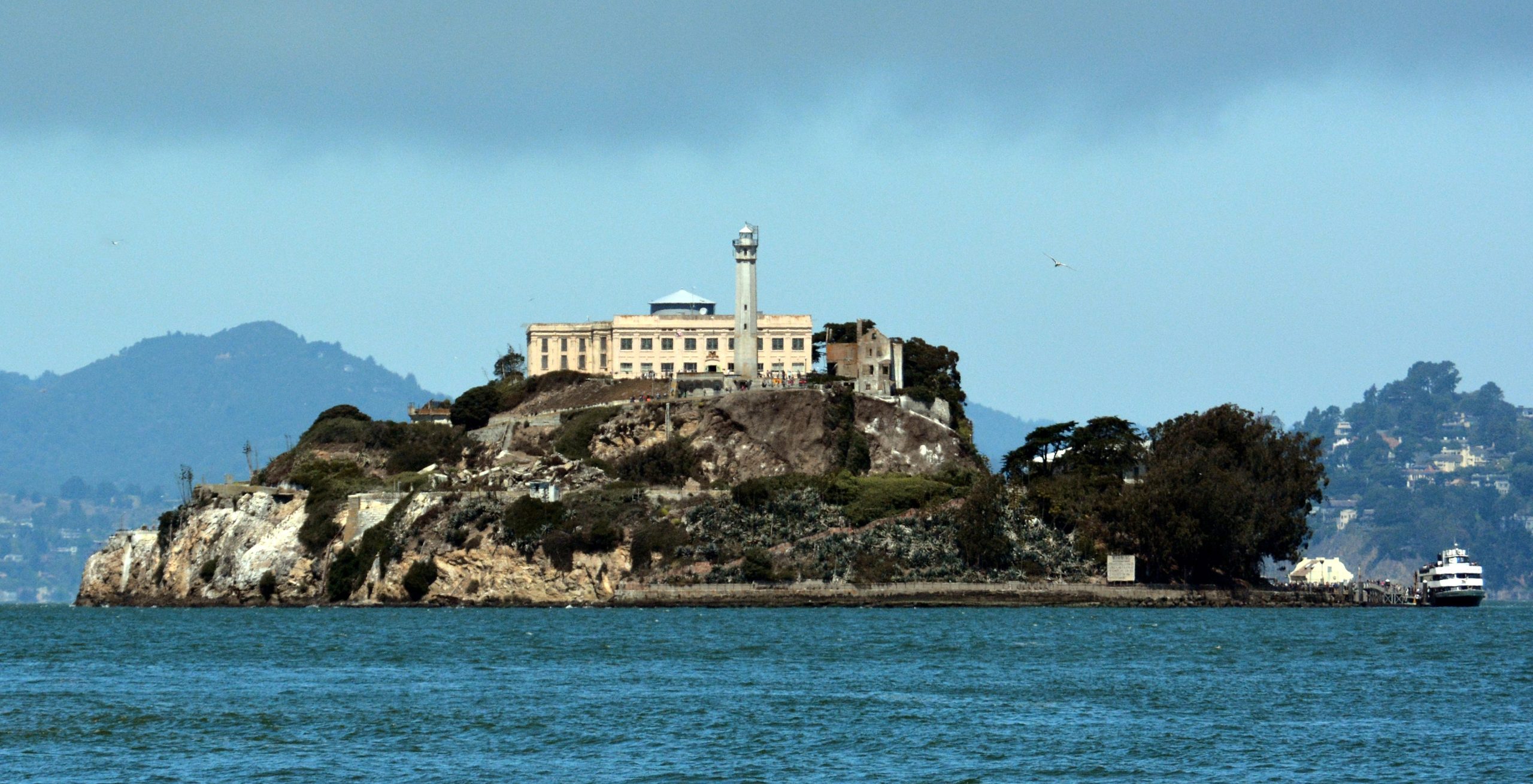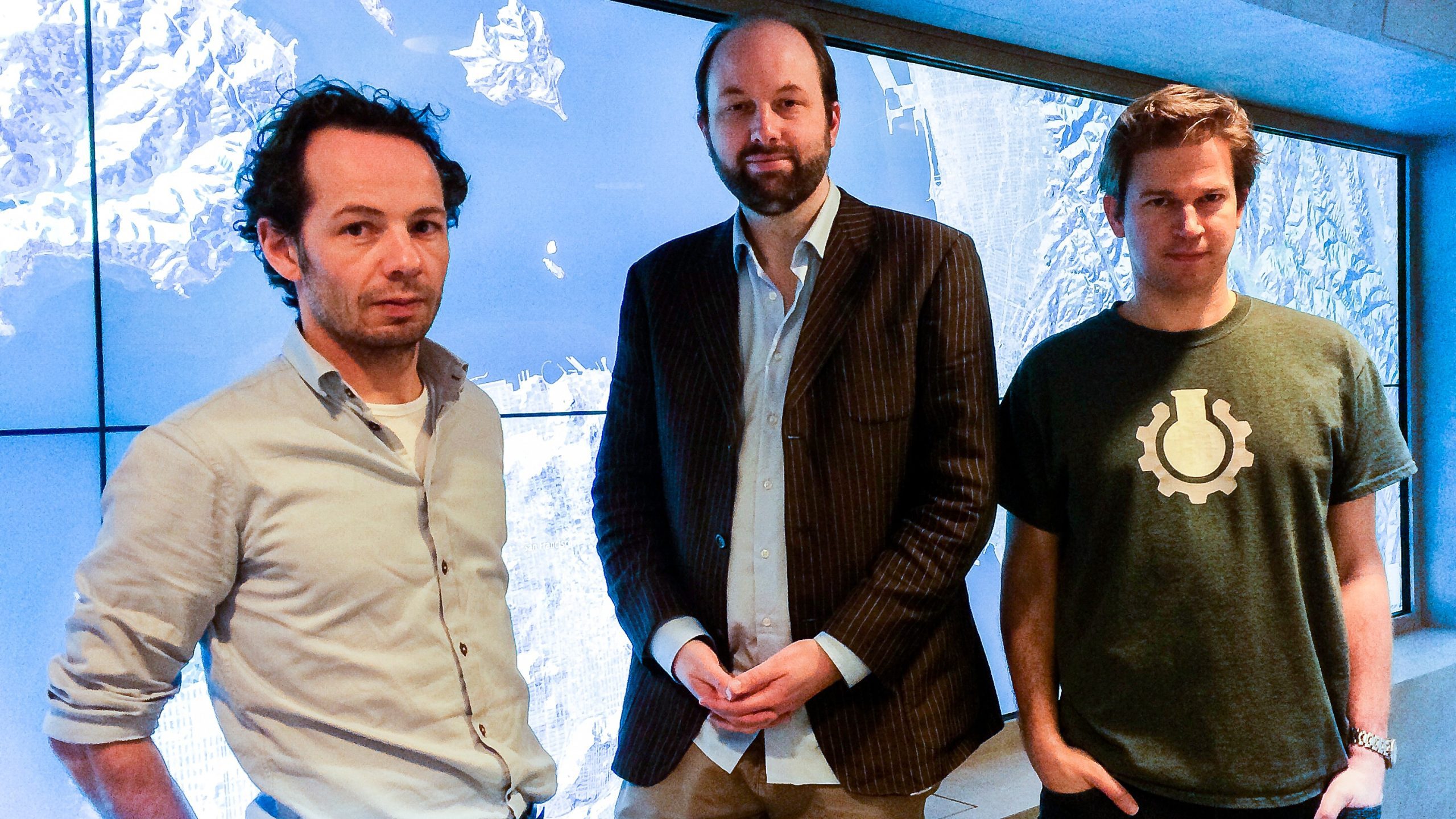Dutch researchers just made a cold case hot again. Using a new technology called 3Di, a team of researchers from TU Delft and Deltares/Nelen-Schuurmans reopened the mystery surrounding the escape of prisoners from Alcatraz in 1962.
The prison, on an island in the San Francisco bay area in the United States, was considered un-escapable at the time. In June 1962, after months of planning, three prisoners escaped in the middle of the night and left the island on an inflated raft made of 50 raincoats and make-shift paddles. They left papier-mâché heads with human hair on their beds to fool the guards.
But did they make it to the shore? Despite a massive manhunt and an investigation that lasted till 1979, even the FBI couldn’t answer that conclusively. For decades, the question has the imagination of writers, researchers and filmmakers. In 1979 Clint Eastwood played Frank Morris, the brains behind the escape plan, in a film called Escape from Alcatraz. In 2003, MythBusters, a popular science show on Discovery Channel, did an episode on the prison break – exploring the possibility of the raft making it to the shore by the Golden Gate Bridge or getting washed away.
That’s the very aspect of the mystery that the Dutch researchers took on with 3Di. 3Di Water Management is an application for fast and accurate hydraulic computations on a detailed spatial scale, using modern day high resolution datasets.
In 2013, Olivier Hoes and Rolf Hut, researchers at TU’s Faculty of Civil Engineering and Geosciences hit upon the idea to use 3Di with a real life example. “At the time, I was working with researchers from UC Berkeley on using 3Di to estimate how sea level rise will effect pipelines in the San Francisco Bay Area. While running simulations, I was impressed by the eddies and strong currents near the Golden Gate bridge and Alcatraz.”
Back in Delft, Hoes got into a conversation with Hut about the odds of swimming or sailing in those conditions. “I instantly thought of the Alcatraz escape. I had seen the MythBusters episode about it and had always been fascinated by the case. So, I thought, why not use this technology to find some answers,” said Hut.
Hut and Hoes approached Fedor Baart of Deltares, a hydraulic engineer and an expert on particle tracking. Together, they began gathering data about that night, from the tide to details about the escape. In the simulator, 50 boats left every half hour between 20:00 and 4:00 to see how the currents would treat them. A paddling effect was also added to the calculations. The best-case scenarios calculated the odds of survival, keeping in account Olympic-level efforts by those paddling. The worst case took into account ineffective padding and the worst currents. “We don’t know how good they were at paddling, but I suppose if you ever have energy to spare it would be in that situation,” said Hut.
So, does the data say they survived? Yes, if they left between 23:00 to midnight. During that window, they did stand of chance as the currents would not have been strong enough to carry them out to sea.
In December, following a BBC article on the how the model gave the Alcatraz escapees new odds of success, the study made international headlines. Online visualisations of the best case scenarios and worst case scenarios received 1.5 million hits in two weeks.
While in San Francisco to present the paper on the topic at the American Geophysical Union Fall Meeting, the team even had lunch with Adam Savage, the host of MythBusters. While there the team were flooded with interview requests and only on the last day could they visit Alcatraz to do some final “field work”.
Closer home, 3Di is being used to reconstruct some key events in Dutch history. Fedor Baart reconstructed the shore erosion near Egmond (North Holland) by comparing 16th and 17th century paintings of the church of
Egmond. “I reconstructed the 1945 flood of the Wieringermeer with water level data collected by the priest of Wieringerwerf who refused to flee during the flood, and also the 1953 flood disaster in Zeeland and Zuid-Holland. From a Civil Engineering perspective, these are far more interesting,” said Hoes.
As the media hype around this reduces, Hut is exploring the possibility of a one-off lecture on campus about the experience. “There are two possibilities were are looking at, either to talk about the project itself with the Alcatraz example – because that is something that will get students interest and help them understand better. Alternatively, to talk about how engineers can present their work to the media. Or more accurately, how we did it and what we think worked for us.”





Comments are closed.